Home>Gardening & Outdoor>Plant Care & Gardening Tips>What Does Wildflower Scent Smell Like
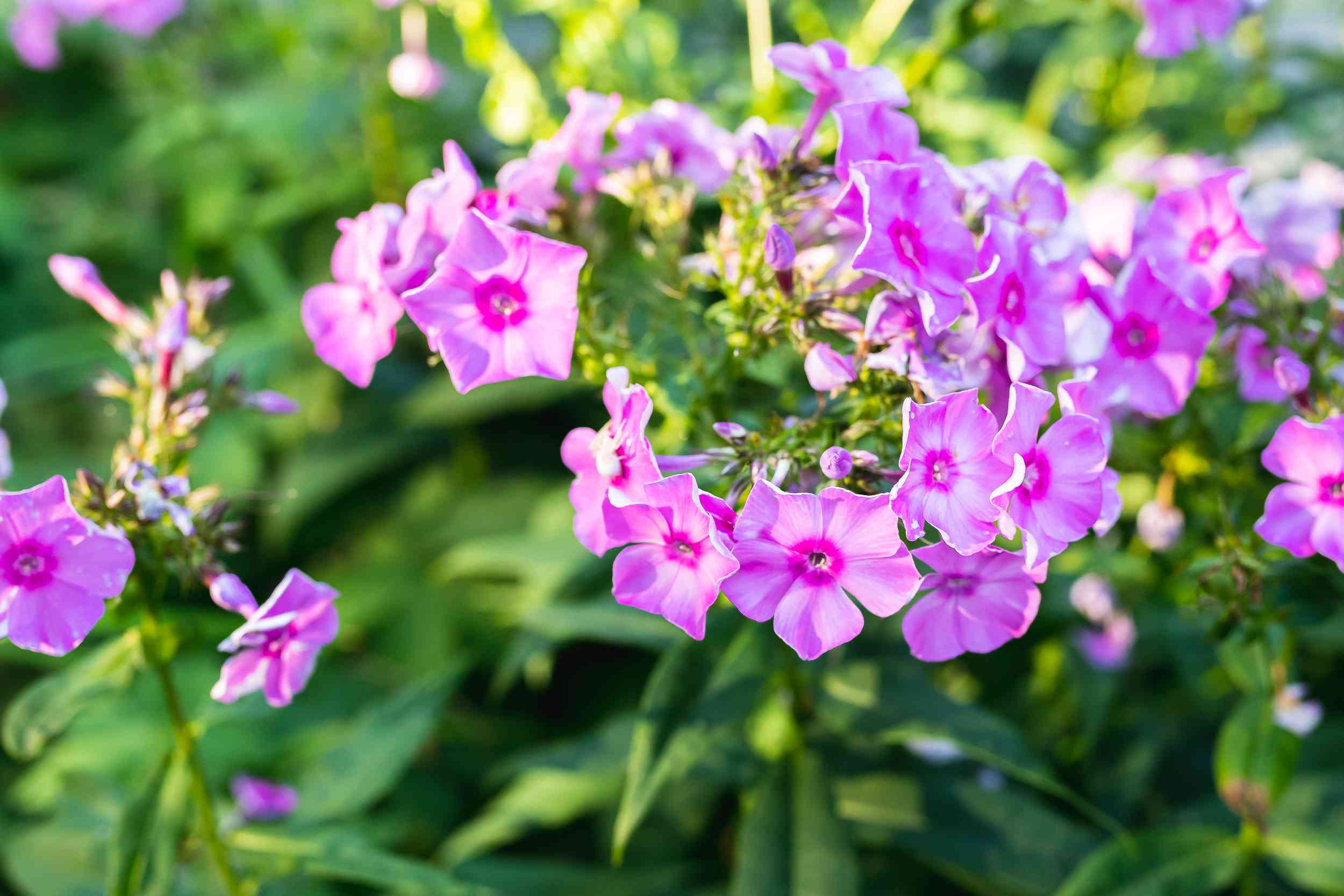

Plant Care & Gardening Tips
What Does Wildflower Scent Smell Like
Published: December 24, 2023
Discover the delightful fragrance of wildflowers and learn plant care and gardening tips to enhance your garden. Explore the unique scents and aromas of wildflower species.
(Many of the links in this article redirect to a specific reviewed product. Your purchase of these products through affiliate links helps to generate commission for Storables.com, at no extra cost. Learn more)
Introduction
Welcome to the enchanting world of wildflower scents! When you think of wildflowers, what comes to mind? Perhaps it’s the image of a picturesque meadow adorned with a vibrant tapestry of blossoms, or the gentle hum of bees flitting from one delicate bloom to another. However, there’s more to wildflowers than just their visual allure. These exquisite blooms also captivate us with their alluring scents, each one unique and evocative.
Have you ever wondered what wildflower scent smells like? In this article, we’ll delve into the captivating realm of wildflower fragrances, exploring the science behind their scents, the factors influencing their aroma, and the diverse array of scents that wildflowers offer. We’ll also uncover the unique characteristics that make wildflower scents so special. So, let’s embark on a fragrant journey through the captivating world of wildflower scents!
Key Takeaways:
- Wildflower scents are a captivating blend of biology and chemistry, with unique fragrances that attract pollinators and may even have antimicrobial properties.
- The scents of wildflowers are influenced by genetics, environment, time of day, pollinators, and plant health, creating a rich tapestry of fragrances that reflect the boundless creativity of nature.
Read more: What Does Insulation Smell Like
The Science of Wildflower Scent
Wildflower scents are not just delightful to the nose; they also hold a fascinating scientific allure. The captivating fragrances emitted by wildflowers are a result of complex chemical compounds that interact with our olfactory receptors, evoking a range of emotions and memories. The process of scent production in wildflowers is a captivating dance of biology and chemistry.
At the heart of wildflower scent production are volatile organic compounds (VOCs). These compounds are synthesized within the flowers and released into the air, where they can be detected by humans and pollinators alike. The intricate blend of VOCs gives each wildflower its unique scent profile, ranging from sweet and floral to earthy and musky.
Furthermore, the production of these compounds is often intricately linked to the reproductive cycle of wildflowers. Many wildflowers rely on their enticing scents to attract pollinators such as bees, butterflies, and hummingbirds. The alluring fragrance acts as a natural advertisement, guiding these vital pollinators to the blooms and facilitating the crucial process of pollination.
Moreover, the science of wildflower scent extends beyond mere attraction. Studies have shown that certain wildflower scents may possess antimicrobial properties, serving as a form of natural defense for the plants against pathogens and herbivores. This multifaceted role of wildflower scents adds a layer of intrigue to their already captivating nature.
As we unravel the scientific intricacies of wildflower scents, it becomes evident that these fragrances are not just ephemeral pleasures; they are a testament to the ingenuity of nature and the captivating intersection of biology and chemistry.
Factors Affecting Wildflower Scent
The enchanting scents emitted by wildflowers are influenced by a myriad of factors, each contributing to the unique olfactory signature of these blossoms. Understanding the elements that shape wildflower scents unveils the intricate tapestry of nature’s aromatic creations.
1. Genetics: The genetic makeup of a wildflower plays a pivotal role in determining its scent profile. Just as genetics influence the color and structure of flowers, they also dictate the production of volatile compounds that contribute to the plant’s fragrance. This genetic diversity is what gives each wildflower species its distinct and recognizable scent.
2. Environment: The environment in which wildflowers grow exerts a profound influence on their scent. Factors such as soil composition, sunlight exposure, and altitude can all impact the production of volatile compounds. For example, a wildflower thriving in a sunny, arid climate may emit a different scent compared to the same species growing in a cooler, more humid environment.
3. Time of Day: The time of day can also influence the intensity and character of wildflower scents. Many wildflowers release stronger fragrances during specific times, often in sync with the foraging patterns of their pollinators. This temporal variation adds an intriguing dimension to the olfactory experience of wildflowers.
4. Pollinators: The presence of pollinators can significantly affect the scent of wildflowers. Some plants may adjust their fragrance to attract specific pollinators, tailoring their scents to appeal to bees, butterflies, or birds. This adaptive mechanism underscores the dynamic interplay between wildflowers and their pollinators.
5. Plant Health: The overall health and vigor of a wildflower plant can impact its scent production. Stressed or diseased plants may exhibit altered fragrance profiles, signaling their physiological condition to potential pollinators and other organisms in their ecosystem.
By unraveling the intricate interplay of genetics, environment, time, pollinators, and plant health, we gain a deeper appreciation for the nuanced factors that shape the captivating scents of wildflowers. These multifaceted influences underscore the rich tapestry of nature’s aromatic symphony, inviting us to immerse ourselves in the fragrant wonders of the natural world.
Wildflower scents can vary, but they often have a sweet, floral aroma with hints of freshness and earthiness. Look for scents with notes of jasmine, lavender, and honeysuckle for a wildflower-inspired fragrance.
Common Wildflower Scents
Wildflowers enchant us with a diverse array of captivating scents, each one a fragrant ode to nature’s artistry. From delicate floral notes to earthy musk, the world of wildflower scents is a symphony of olfactory delights. Let’s explore some of the common scents that grace the blooms of wildflowers, each offering a unique olfactory experience.
1. Sweet and Floral: Many wildflowers exude sweet, floral scents reminiscent of honeysuckle, jasmine, or roses. These delicate fragrances often attract bees, butterflies, and other pollinators, serving as nature’s aromatic invitation to partake in the pollination dance.
2. Citrus and Zesty: Some wildflowers emit citrusy, zesty scents that evoke images of sun-kissed groves and vibrant orchards. These invigorating fragrances add a refreshing dimension to the natural tapestry of scents found in wildflower meadows.
3. Earthy and Woody: Other wildflowers emanate earthy, woody scents that ground us in the essence of the natural world. These musky fragrances often carry hints of moss, pine, or cedar, evoking the tranquil ambiance of a forest grove.
4. Herbal and Spicy: Certain wildflowers surprise us with herbal, spicy scents that evoke the allure of aromatic herbs and exotic spices. These intriguing fragrances add a touch of complexity to the olfactory palette of wildflowers, captivating our senses with their aromatic depth.
5. Soothing and Balsamic: Some wildflowers release soothing, balsamic scents that evoke a sense of tranquility and serenity. These comforting fragrances envelop us in a cocoon of natural aromatherapy, inviting moments of peaceful contemplation amidst the blooms.
6. Minty and Refreshing: Aromatic hints of mint and freshness can also be found in the scents of certain wildflowers, infusing the air with a revitalizing and invigorating essence. These crisp fragrances awaken the senses and add a lively touch to the olfactory tapestry of wildflowers.
As we immerse ourselves in the diverse scents of wildflowers, we discover a rich spectrum of fragrances that mirror the boundless creativity of nature. Each scent tells a story, weaving a fragrant narrative that beckons us to explore the captivating world of wildflower aromas.
The Unique Characteristics of Wildflower Scent
Wildflower scents possess a myriad of unique characteristics that set them apart as enchanting olfactory marvels. These distinct traits contribute to the allure and diversity of wildflower fragrances, inviting us to explore the captivating nuances that define the aromatic world of wildflowers.
1. Seasonal Variability: The scents of wildflowers often exhibit seasonal variability, evolving in intensity and character as different species bloom throughout the year. This dynamic interplay of fragrances adds an ever-changing dimension to the natural olfactory landscape, mirroring the shifting tapestry of the seasons.
2. Species-specific Scents: Each wildflower species boasts its own signature scent, reflecting the genetic and ecological uniqueness of the plant. These species-specific scents serve as olfactory signatures, distinguishing one bloom from another and adding a layer of botanical complexity to the aromatic symphony of wildflowers.
3. Adaptive Attractiveness: Wildflower scents are finely tuned to attract specific pollinators, showcasing nature’s adaptive ingenuity. Whether it’s the sweet lure of nectar-seeking bees or the enticing fragrance tailored for butterfly pollination, wildflowers employ their scents as natural advertisements, tailored to the preferences of their vital pollinators.
4. Emotional Evocation: The scents of wildflowers have a remarkable ability to evoke emotions and memories, transporting us to idyllic meadows, sun-dappled clearings, and verdant hillsides. These evocative fragrances kindle a sense of wonder and connection, forging an emotional link between humans and the natural world.
5. Ecological Significance: Beyond their aesthetic appeal, wildflower scents play a crucial ecological role, facilitating pollination and contributing to the intricate web of interactions within ecosystems. The fragrant allure of wildflowers sustains the delicate balance of biodiversity, underscoring the profound significance of their scents in the natural world.
6. Cultural Reverence: Wildflower scents have been revered in human cultures for centuries, inspiring art, literature, and traditions. From ancient myths to contemporary poetry, the fragrances of wildflowers have left an indelible mark on human creativity, weaving themselves into the tapestry of cultural heritage and artistic expression.
As we contemplate the unique characteristics of wildflower scents, we are drawn into a world of sensory marvels, where each fragrance tells a story of adaptation, allure, and ecological splendor. These distinctive traits underscore the timeless enchantment of wildflower scents, inviting us to revel in the aromatic wonders of the natural world.
Read more: What Does Basement Mold Smell Like
Conclusion
The captivating world of wildflower scents beckons us to immerse ourselves in the fragrant tapestry of nature’s artistry. From the sweet, floral notes that dance on the breeze to the earthy musk that grounds us in the essence of the natural world, wildflower scents offer a sensory journey unlike any other. As we conclude our fragrant exploration, let us reflect on the enduring allure and significance of wildflower scents.
Wildflower scents are not merely ephemeral fragrances; they are the embodiment of nature’s ingenuity, weaving a symphony of aromas that captivate our senses and enrich our lives. The science behind wildflower scents reveals a complex interplay of biology and chemistry, underscoring the remarkable sophistication of these natural fragrances.
Moreover, the factors that influence wildflower scents, from genetics and environment to pollinators and plant health, offer a glimpse into the intricate web of influences that shape the olfactory landscape of wildflowers. This multifaceted tapestry of scents mirrors the rich diversity of the natural world, inviting us to appreciate the nuanced beauty of wildflower fragrances.
As we revel in the common scents that grace the blooms of wildflowers, from sweet and floral to herbal and balsamic, we discover a rich spectrum of fragrances that reflect the boundless creativity of nature. Each scent tells a story, weaving a fragrant narrative that beckons us to explore the captivating world of wildflower aromas.
The unique characteristics of wildflower scents, from seasonal variability and species-specific aromas to their emotional evocation and ecological significance, underscore the timeless enchantment of these natural fragrances. They serve as a testament to the enduring allure and ecological significance of wildflower scents, inviting us to revel in the aromatic wonders of the natural world.
In conclusion, the scents of wildflowers are not just olfactory pleasures; they are a celebration of nature’s artistry, a testament to the intricate connections that sustain life on our planet, and an invitation to immerse ourselves in the sensory marvels of the natural world. Let us continue to cherish and preserve the fragrant legacy of wildflowers, allowing their captivating scents to inspire, uplift, and connect us to the timeless rhythms of the natural world.
Frequently Asked Questions about What Does Wildflower Scent Smell Like
Was this page helpful?
At Storables.com, we guarantee accurate and reliable information. Our content, validated by Expert Board Contributors, is crafted following stringent Editorial Policies. We're committed to providing you with well-researched, expert-backed insights for all your informational needs.
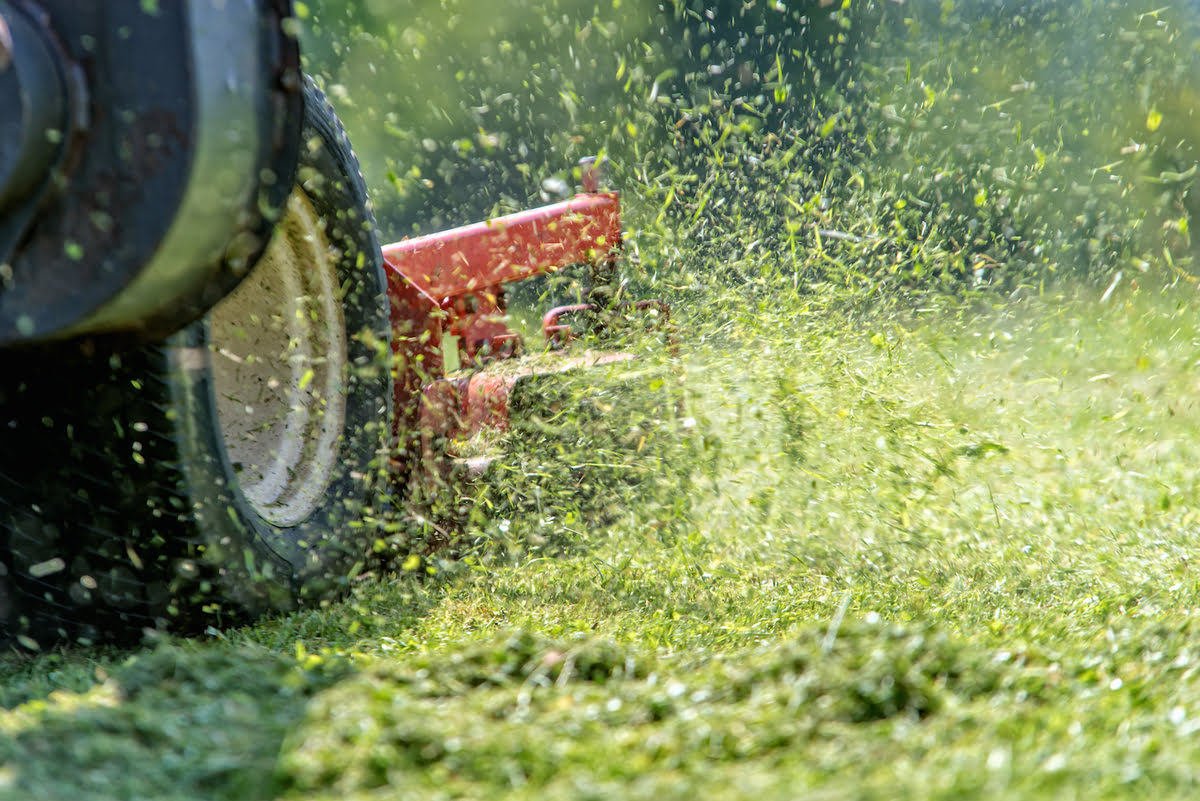
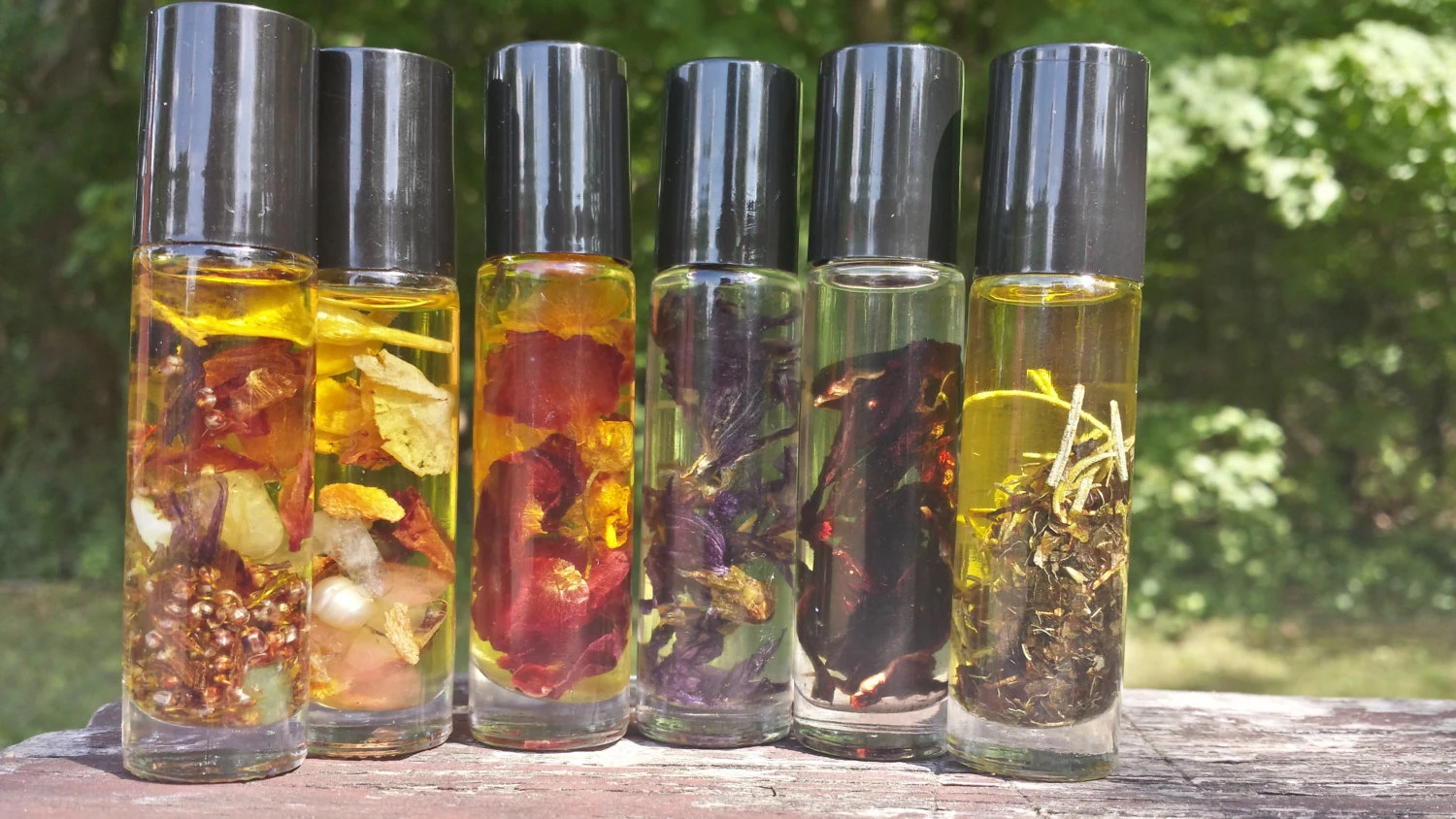
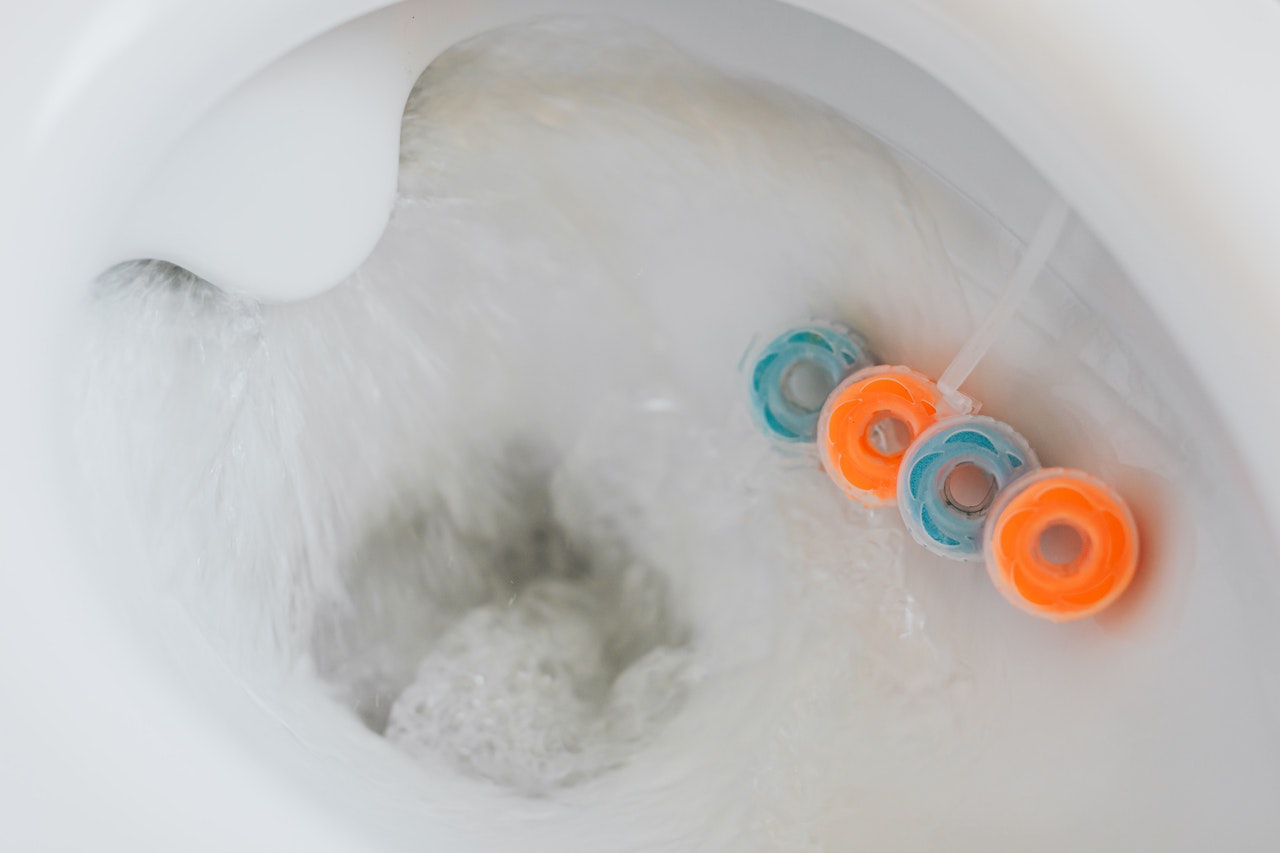
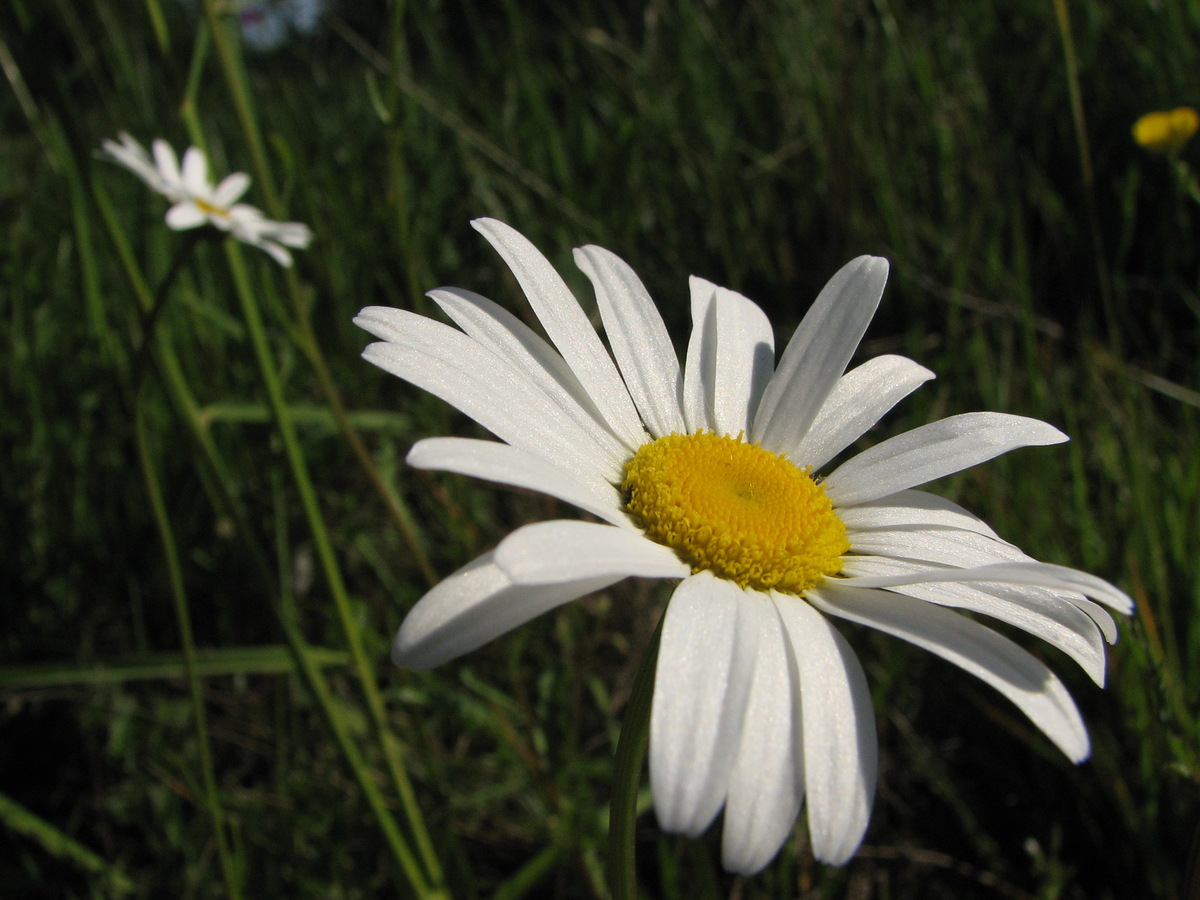
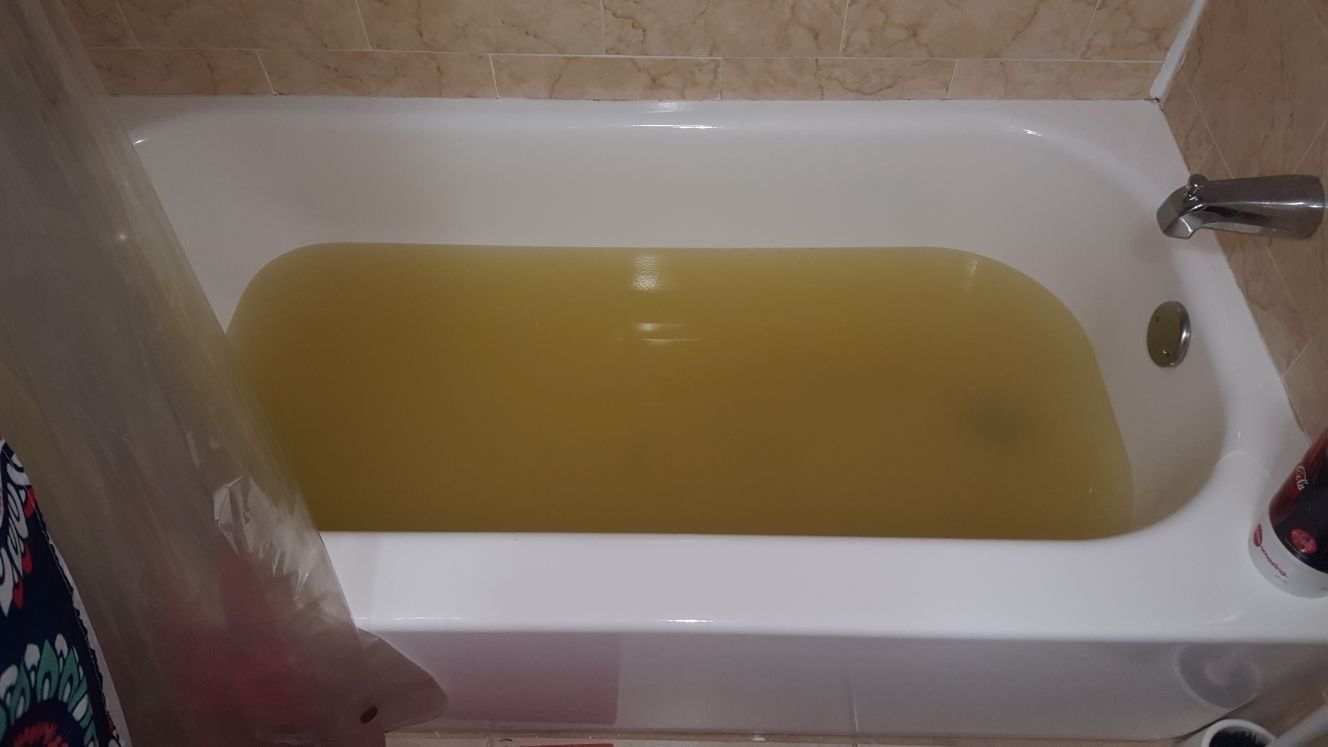






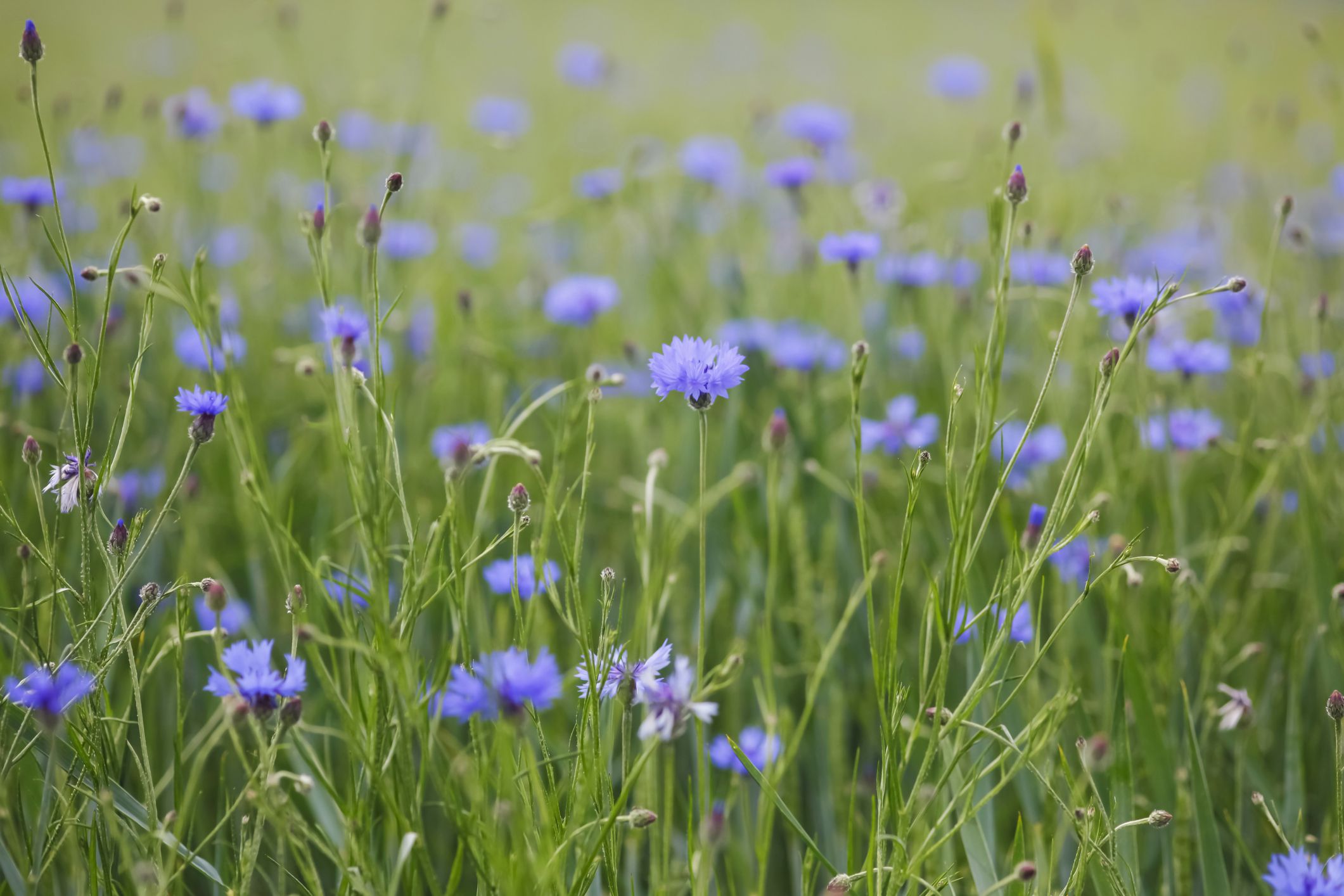



0 thoughts on “What Does Wildflower Scent Smell Like”